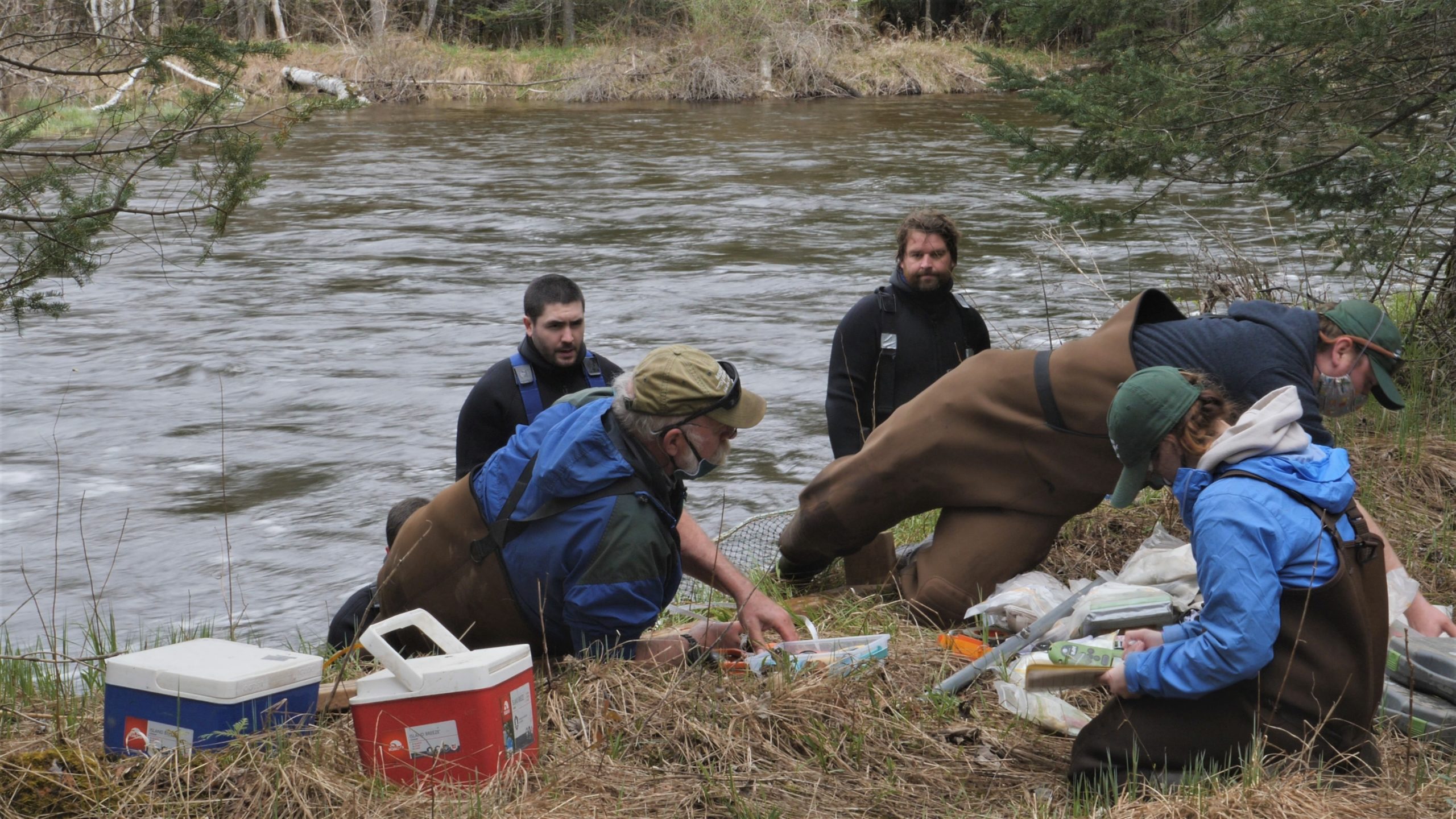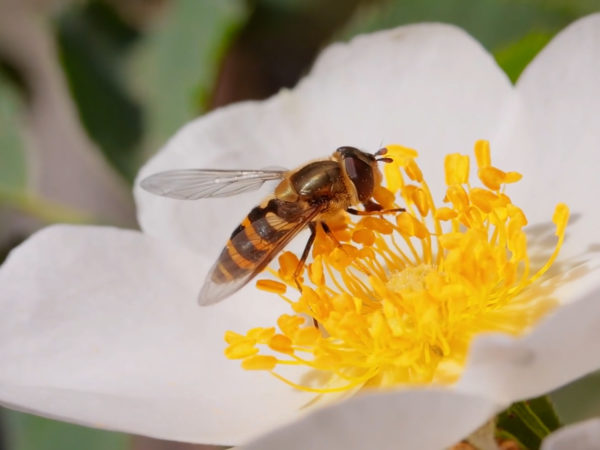
This story is the first in a four-part series looking at sturgeon restoration efforts.
Lake sturgeon restoration efforts are taking place across the Great Lakes basin.
But what that restoration looks like is entirely dependent on location and other factors, such as whether or not any lake sturgeon remain in the area.
In the few locations in the Great Lakes where lake sturgeon still spawn successfully, restoration efforts are focused on studying and managing those existing populations or boosting low populations. In the majority of the Great Lakes rivers and bays where the lake sturgeon populations have been lost, the restoration goal is to bring them back.
In Wisconsin and northern Michigan, two healthy populations of lake sturgeon spawn near the base of dams. These shallow-water spawning sites are an asset to researchers but also require volunteers to stand guard over the lake sturgeon to thwart poachers and manage eco-tourists.
Related stories on Great Lakes Now:
See the Sturgeon: The many ways to see, touch and appreciate sturgeon around the region
Studying sturgeon on the Black and Fox-Wolf rivers
Black River in Michigan’s northeastern lower peninsula is a fast-flowing river that is less than 10 feet deep for the majority of its run. The river winds through miles of hardwood forests, passing an occasional rustic cabin, and churning through a series of dams before reaching Lake Huron.
In Wisconsin, the Fox-Wolf river system also flows through scenic forests and a series of power-generating dams before reaching Lake Michigan’s Green Bay.
The Black and Fox-Wolf rivers share many characteristics, including the distinction of containing two of the Great Lakes’ largest remaining lake sturgeon populations.
Both the Black and Fox-Wolf lake sturgeon populations live above river dams in what are known as closed systems, because the fish no longer have access to lakes Huron or Michigan respectively. While restricting the range of the lake sturgeon, the closed river systems also create access opportunities for research biologists.
The Wisconsin Department of Natural Resources began studying lake sturgeon on the Fox-Wolf river system in the late 1980s.
Ron Bruch, a research biologist with the WDNR, is widely recognized as an early leader in lake sturgeon research for his efforts on the Fox-Wolf River. In the early 2000s, Bruch and a research team from the WDNR began an egg collection study on the Wolf River at the Shawano dam.
The WDNR biologists netted spawning adult sturgeon at the base of the dam and brought them to shore where the fish could be weighed, measured and tagged. Eggs were collected from a few females and milt was taken from some of the males. The artificially fertilized eggs were taken to a nearby hatchery for rearing.
As the researchers worked, the riverbanks began to fill and soon became crowded with local people. They came to watch the biologists and get a close-up look at the largest fish that swims in the Great Lakes.
The banks of the Black River also fill with eco-tourists each spring when researchers from Michigan State University and the Michigan DNR do similar research.
The host cities of Shawano, Wisconsin, and Black Lake, Michigan, have both embraced the eco-tourism opportunities their lake sturgeon populations have created. Fish-themed T-shirts line store shelves while giant outdoor sculptures of lake sturgeon are popular landmarks in both locales.
Unfortunately, the accessibility of the sturgeon in these rivers that allows researchers to work and tourists to marvel also creates opportunities for those with less honorable intentions.
Poaching was one of the biggest threats facing both the Black and Fox-Wolf river sturgeon populations.
Brenda Archambo lives in northern Michigan. In 1999, she established the non-profit organization Sturgeon for Tomorrow to protect the Black River sturgeon from poachers.
Watch Great Lakes Now‘s segment on sturgeon guarding here:
API key not valid. Please pass a valid API key.“We recruit volunteers to stand vigil on the river from late April through early June to deter any type of poaching activity,” Archambo said.
The Sturgeon for Tomorrow guarding program is working.
Sgt. Mark Depew’s job as the area law supervisor for the MDNR Gaylord Operations is to catch poachers. DePew said the sturgeon guarding program has been very helpful in discouraging poaching because the more people watching the river, the more difficult it is for the poachers.
Despite the easy accessibility to lake sturgeon on the Black and Fox-Wolf rivers for poachers, well-developed management and protection plans in both regions have resulted in two of the most studied lake sturgeon populations in the entire Great Lakes region.
The next part in the series looks at sturgeon rearing in streamside hatcheries.
Catch more news on Great Lakes Now:
Short Season: Sturgeon spearing plays big role in conservation efforts for the ancient fish
I Speak for the Fish: Setting sturgeon free
See the Sturgeon: The many ways to see, touch and appreciate sturgeon around the region
API key not valid. Please pass a valid API key.Featured image: Researchers on the banks of the Black River in Michigan (Photo Credit: Greg Lashbrook/PolkaDot Perch)




